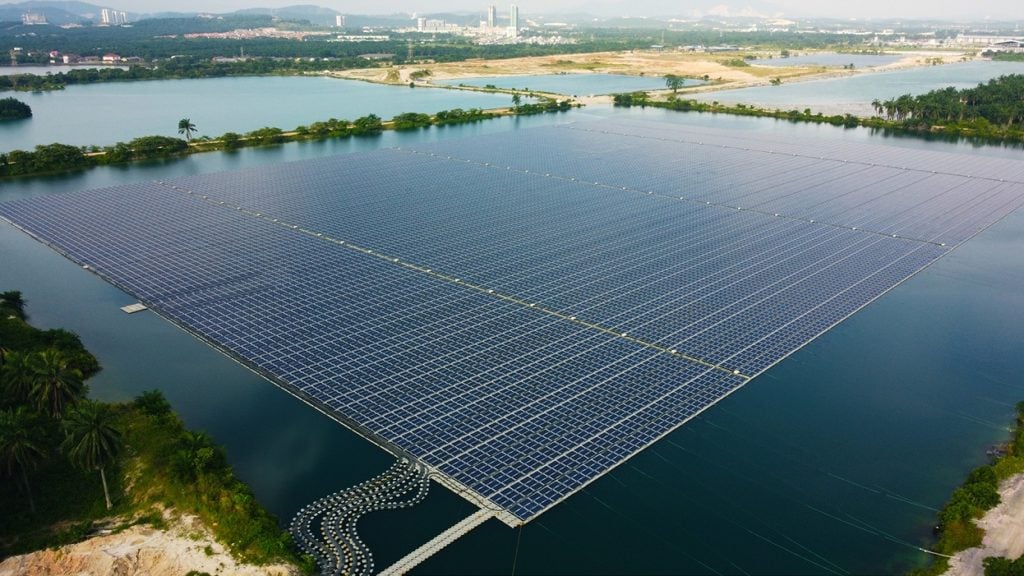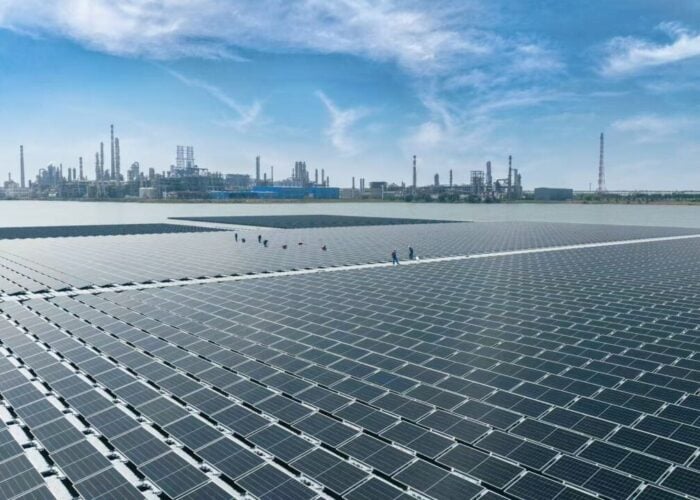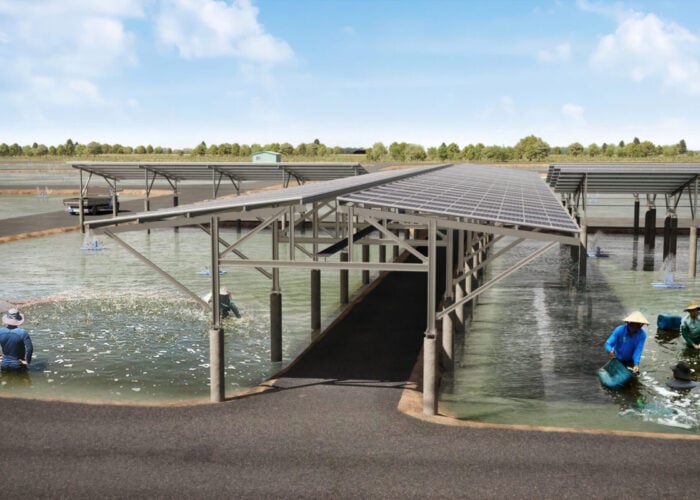
The proven ability to install large-scale floating PV plants on water bodies across Southeast Asia means financing should be readily available for new projects, it was suggested during a panel discussion today.
Asia dominates the technology’s project pipeline, according to consultancy Fitch Solutions, which said in a report last year that coastal regions and large water bodies such as the Mekong can be used to grow solar capacity amid land constraints for ground-mounted installations.
Unlock unlimited access for 12 whole months of distinctive global analysis
Photovoltaics International is now included.
- Regular insight and analysis of the industry’s biggest developments
- In-depth interviews with the industry’s leading figures
- Unlimited digital access to the PV Tech Power journal catalogue
- Unlimited digital access to the Photovoltaics International journal catalogue
- Access to more than 1,000 technical papers
- Discounts on Solar Media’s portfolio of events, in-person and virtual
Speaking at the Solar & Storage Finance Asia event, Daniel Mallo, head of natural resources and infrastructure, Asia Pacific, at Société Générale, said: “From a technology standpoint, we view those assets as readily financeable. The technology is not overly complex, the ability to deploy those solutions on the water is relatively proven.”
Société Générale was among a group of banks that provided financing last year to Chenya Energy to support the developer in its construction of a 181MWp offshore floating project in Taiwan. Mallo said the French bank is also currently concluding a financing transaction for the 145MW Cirata floating plant that is being developed by Masdar on a reservoir in Java, Indonesia.
According to Mallo, the nature of floating solar means that the technology can bypass some of the land acquisition and permitting issues that can delay ground-mounted projects, especially if a project is being deployed at a hydropower plant that already has a set of permits. “If you are colocating with a hydro that already benefits from a power purchase agreement with an off-taker, there might be an opportunity to extend that PPA to a secondary asset floating solar in the same location with the same off-taker.”
A study published last year by the Institute for Energy Economics and Financial Analysis (IEEFA) revealed that the market potential for floating PV in the ASEAN market is at least 24GW, with a particularly promising outlook for the segment in the Philippines and Thailand.
However, IEEFA energy finance analyst Elrika Hamdi said the sector faces headwinds in the form of regulations, which are not currently available in much of the market, and the need to often work alongside authorities to bring projects to fruition. In Vietnam, for example, many large hydropower plants are owned by utility EVN or the government, so it is necessary to negotiate with them to use water bodies for new projects. Hamdi said this is similar to the Philippines, where large-scale projects, including a 110MW installation at Laguna de Bay, are still under negotiations with authorities.
In terms of technical constraints, Benoit Nguyen, head of renewables APAC at DNV, discussed some of the challenges in combining floating PV and hydropower plants, such as the need to consider water currents in reservoirs as well as variations in water levels of up to 20 metres due to high levels of rain in the region. Additionally, if a floating PV plant was not originally planned, the current substation may have limited space.
Despite these challenges, Nguyen sees significant benefits in combining floating solar with hydro, for example in increasing the dispatchability of the floating PV system, reducing curtailment as well as sharing infrastructure with the existing hydropower plant.
DNV was contracted by Singapore’s national water agency PUB as a technical advisor for the recently completed 60MW Tengeh Reservoir floating solar project. The company also earlier this year released a recommended practice for floating solar, collaborating with industry players to offer guidance for project developers and suggestions on how policymakers can support the technology’s growth.
Nguyen said the recommended practice provides insights into how to carry out site assessment, looking at bathymetry and wave conditions, and explores the type of equipment and floats used in existing systems. “It can be used as a guidance document or checklist… We hope that it is used to increase the quality and reliability of floating PV projects.”







